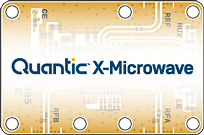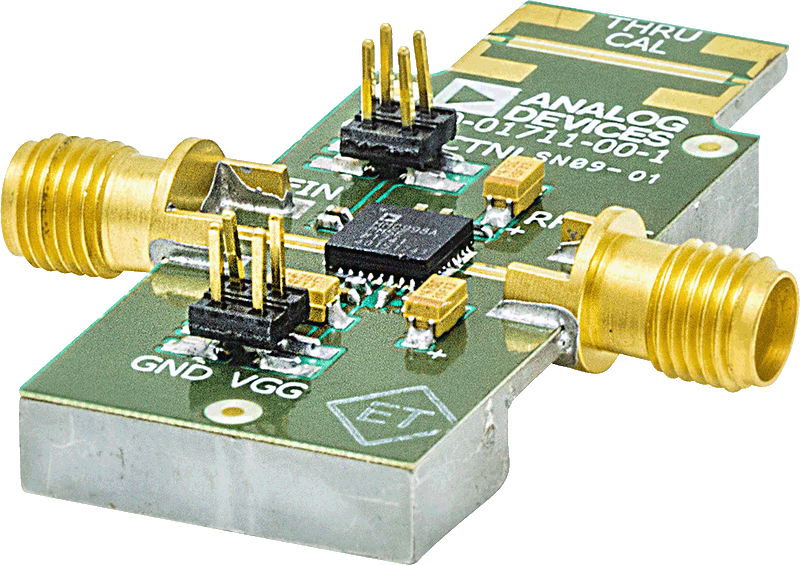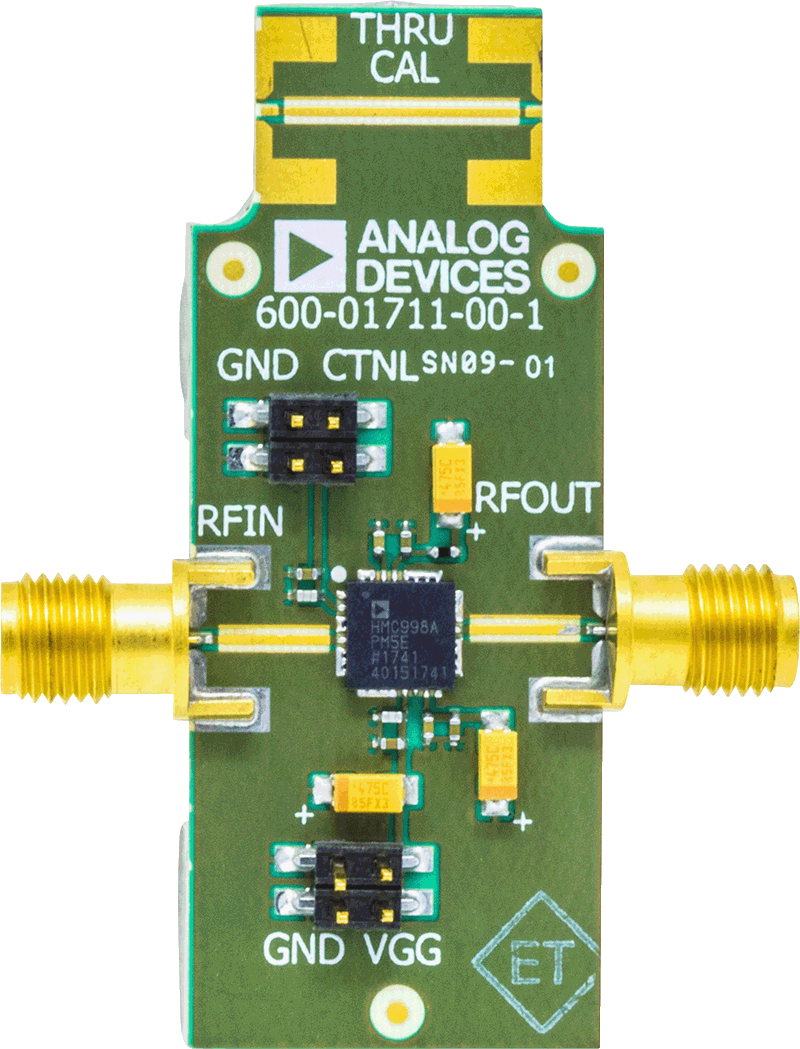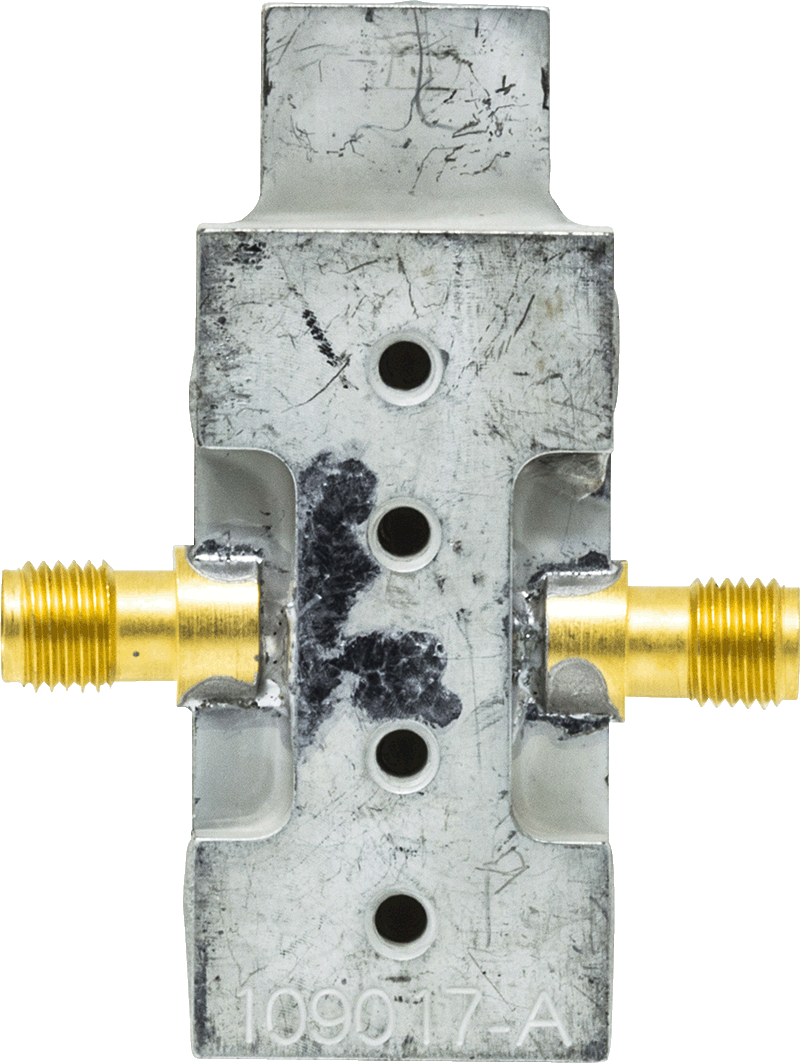The EV2HMC998APM5 consists of a 2-layer printed circuit board
(PCB) fabricated from 10 mil thick, Rogers 4350B, copper clad,
mounted to an aluminum heat spreader. The heat spreader assists
in providing thermal relief to the device as well as mechanical
support to the PCB. Mounting holes on the heat spreader allow it
to be attached to a heat sink for improved thermal management.
The RFIN and RFOUT ports are populated with 2.9 mm, female
coaxial connectors, and their respective RF traces have a 50 Ω
characteristic impedance.
The EV2HMC998APM5 differs from the EV1HMC998APM5 in
one key respect. Whereas the EV1HMC998APM5 requires an
external connectorized bias tee on its RFOUT port to operate
(see the HMC998APM5E data sheet for additional details), the
EV2HMC998APM5 contains an on-board, surface-mount bias tee
circuit. This circuit allows the EV2HMC998APM5 to connect directly
to RF test equipment, such as network analyzers and spectrum
analyzers. This on-board, surface-mount bias tee circuit has an
operating frequency up to approximately 22 GHz (see Figure 3).
The EV2HMC998APM5 is populated with components suitable
for use over the entire operating temperature range of the
HMC998APM5E. To calibrate out board trace losses, a through
calibration path, THRU-CAL, is provided between the J5 and J6
connectors. J5 and J6 must be populated with 2.92 mm RF connectors
to use the through calibration path. Refer to Figure 4 and Table
2 for the through calibration path performance. The power voltages,
ground voltages, gate control voltages, and detector output voltages
are accessed through two 4-pin headers, J3 and J4 (see Table
1).
The RF traces are 50 Ω, grounded, coplanar waveguide. The
package ground leads and the exposed paddle connect directly to
the ground plane. Multiple vias are used to connect the top and
bottom ground planes, with particular focus on the area directly
beneath the ground paddle, to provide adequate electrical and
thermal conduction to the heat spreader.
The decoupling capacitors on the EV2HMC998APM5 represent the
configuration used to measure the performance of the circuit, which
is detailed in AN-2061. It is possible to reduce the number of capacitors
connected to the ACG2, ACG3/ACG4, VGG1, and VGG2 pins,
but this reduction varies from system to system. It is recommended
to first remove the largest capacitors that are farthest from the
HMC998APM5E when reducing the number of capacitors.
For full details on the HMC998APM5E, see the HMC998APM5E data sheet, which must be consulted in conjunction with this user
guide when using the EV2HMC998APM5.





